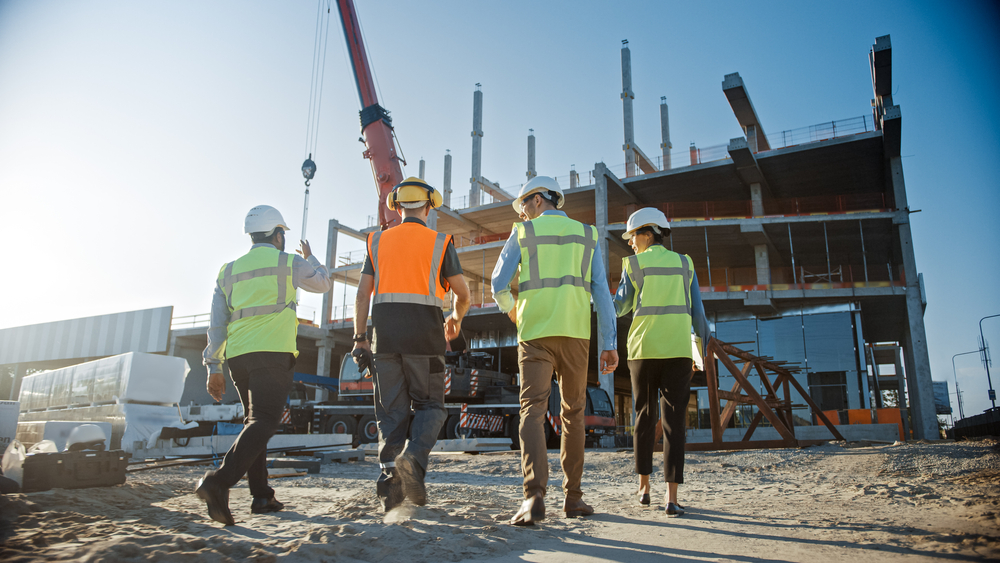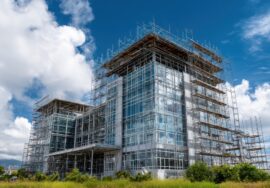Sustainable Bridges and Highways: Greener Tomorrow
Sustainable Bridges and Highways: Building for a Greener Tomorrow
The rapid pace of urbanization and the increasing need for transportation infrastructure have put a strain on our environment. Traditional bridges and highways, constructed with conventional materials and methods, contribute significantly to environmental degradation. In response to these challenges, sustainable bridges and highways are emerging as a transformative solution, offering a pathway to greener and more efficient transportation systems.
This blog explores the concept of sustainable bridges and highways, the materials and technologies used in their construction, and the long-term benefits they bring to our environment and communities.
What Are Sustainable Bridges and Highways?
Sustainable bridges and highways are infrastructure projects designed and built with the aim of minimizing environmental impact while meeting transportation needs. These projects prioritize the use of eco-friendly materials, energy-efficient construction methods, and innovative technologies to ensure minimal disruption to ecosystems, lower carbon footprints, and improve resource efficiency.
By focusing on sustainability, these structures not only reduce the negative impact on the environment but also offer long-term benefits, including lower maintenance costs, improved durability, and enhanced safety.
Key Features of Sustainable Bridges and Highways
-
Eco-friendly Materials: Sustainable bridges and highways are constructed using renewable, recyclable, and low-impact materials. This reduces the use of non-renewable resources and minimizes the carbon emissions associated with construction.
-
Energy-efficient Construction: The construction process itself is optimized for energy efficiency, with a focus on reducing the energy consumption of machinery, minimizing waste, and reusing materials from existing infrastructure.
-
Stormwater Management: Sustainable highways and bridges incorporate systems designed to manage rainwater and prevent flooding. This includes permeable pavements, rain gardens, and natural drainage systems.
-
Low-carbon Emissions: The design and construction of these projects aim to minimize greenhouse gas emissions by using low-carbon materials, reducing the need for heavy equipment, and utilizing renewable energy sources.

Benefits of Sustainable Bridges and Highways
1. Environmental Impact Reduction
One of the most significant advantages of sustainable bridges and highways is their ability to reduce environmental impact. By incorporating green technologies and sustainable materials, these structures help conserve natural resources, lower pollution levels, and preserve biodiversity.
For example, the use of recycled concrete, reclaimed asphalt, and sustainable timber helps reduce the need for new raw materials, which in turn reduces the energy required for extraction, transportation, and processing.
2. Long-term Cost Savings
While the initial investment in sustainable infrastructure might be higher, the long-term savings far outweigh the costs. Sustainable bridges and highways are more durable and require less frequent maintenance due to the use of high-quality materials and design strategies that improve longevity.
Additionally, the energy efficiency and reduced carbon emissions of these projects lead to savings in operational costs, such as energy bills and fuel consumption.
3. Improved Public Health and Safety
Sustainable bridges and highways contribute to improved public health by reducing pollution and supporting greener modes of transportation, such as electric vehicles and cycling. The reduction of air pollution and noise can have a positive impact on the health and well-being of local communities.
Moreover, the incorporation of safety features such as better lighting, pedestrian paths, and safer road designs reduces the risk of accidents and enhances the overall safety of these infrastructure projects.
4. Enhanced Aesthetics and Community Engagement
Sustainable infrastructure projects often prioritize the integration of natural landscapes, making them more visually appealing and improving the quality of life for nearby residents. This could involve the use of green spaces, eco-friendly lighting, and architectural elements that blend with the natural environment.
Additionally, community engagement in the design process is encouraged to ensure that the project meets the needs of local residents and stakeholders, fostering a sense of ownership and pride.
Sustainable Materials for Bridges and Highways
One of the core principles of sustainable bridges and highways is the use of environmentally friendly materials. Here are some examples of materials that are often used in the construction of these green infrastructure projects:
1. Recycled Concrete
Recycled concrete is made from crushed concrete waste, which is then reused in the construction of new roads and bridges. This reduces the demand for new raw materials and helps divert waste from landfills. It also lowers the carbon emissions associated with the production of new concrete.
2. Recycled Asphalt
Recycled asphalt is another key material in sustainable infrastructure projects. It is produced by milling existing asphalt pavement and reusing it in the construction of new roads. This not only saves on material costs but also reduces the energy needed to produce new asphalt.
3. Sustainable Timber
Sustainable timber, harvested from responsibly managed forests, is increasingly being used in the construction of bridges. Timber has a lower carbon footprint compared to steel and concrete and can contribute to a more sustainable construction process.
4. Permeable Pavements
Permeable pavements are used in sustainable highways to allow water to pass through the surface, reducing runoff and promoting groundwater recharge. This is especially important in urban areas where stormwater management is a concern.
5. Green Concrete
Green concrete is made using alternative materials such as fly ash, slag, or recycled aggregates, reducing the need for traditional cement. The production of traditional cement is energy-intensive and contributes significantly to carbon emissions, making green concrete a more eco-friendly alternative.
Sustainable Bridge and Highway Technologies
1. Solar Panels
The integration of solar panels into the design of bridges and highways helps generate renewable energy. Solar panels can be installed on bridges, overpasses, and highway medians to power streetlights, traffic signals, and even electric vehicle charging stations.
2. Smart Traffic Management Systems
Smart traffic management systems help optimize traffic flow, reduce congestion, and minimize emissions. These systems use real-time data to adjust traffic signals and provide drivers with the most efficient routes, helping to reduce fuel consumption and air pollution.
3. Noise Barriers and Green Walls
Noise barriers and green walls made from plants or other materials are used to reduce noise pollution and improve the visual appeal of highways and bridges. These features help create a more pleasant environment for communities living near these transportation corridors.
4. Electric Vehicle Charging Stations
As the adoption of electric vehicles (EVs) increases, the installation of EV charging stations on highways and bridges becomes essential. Sustainable highways are designed with these charging stations in mind, promoting the use of clean energy vehicles.
Conclusion
Sustainable bridges and highways are an essential part of building a greener and more sustainable future. By utilizing eco-friendly materials, energy-efficient construction practices, and innovative technologies, these projects minimize environmental impact, reduce long-term costs, and improve public health and safety.
As cities and communities continue to grow, the demand for sustainable transportation infrastructure will only increase. Embracing sustainable bridges and highways is not just a choice but a necessity for a more sustainable world.
For more information on sustainable infrastructure and how it can benefit your community, feel free to contact us.
Construction Industry in India
- One of India’s largest construction and engineering companies, Campus Construction Cost Optimization provides services including project management, cost control, and engineering consultancy. For detailed information on their offerings, visit. Construction Industry in India
Read more related articles to enhance your knowledge and make informed decisions
10 Essential Steps in the Building Construction Process
How to Choose the Right Materials for Your Construction Project









